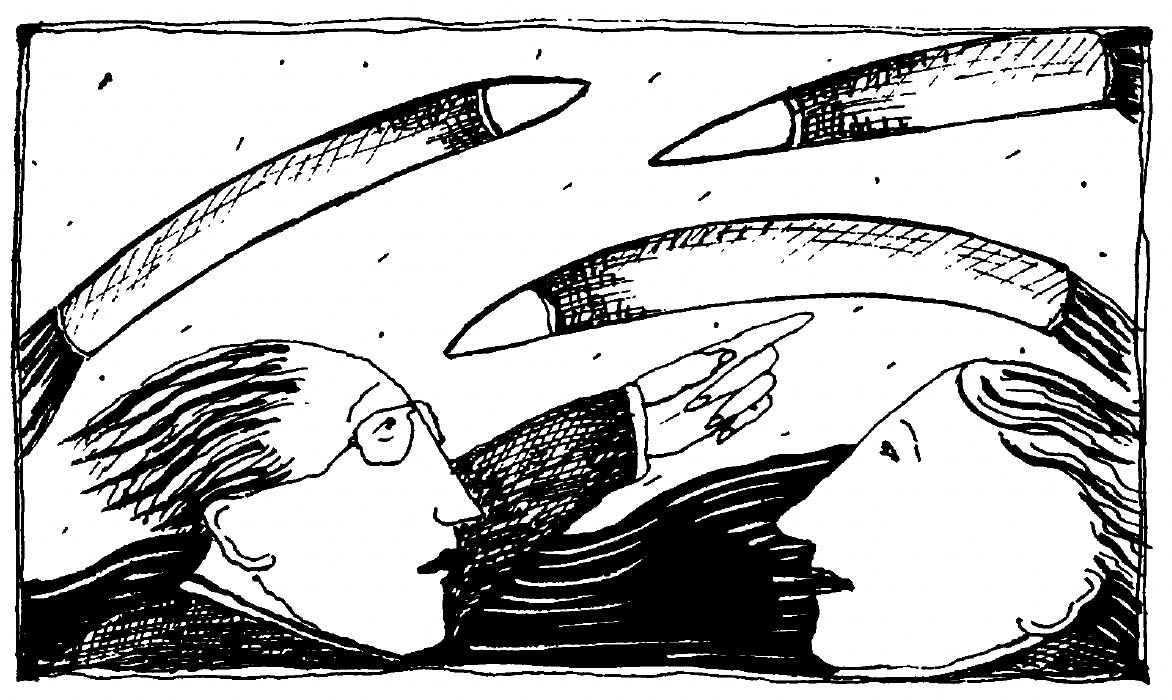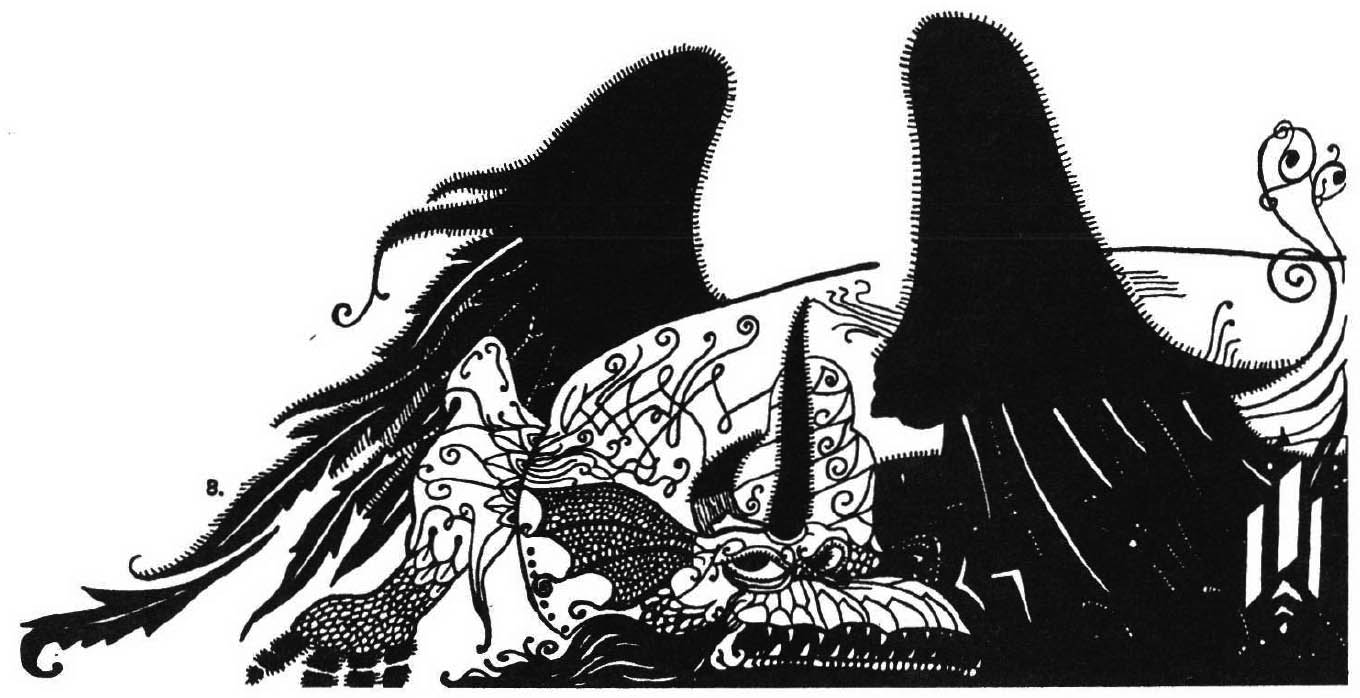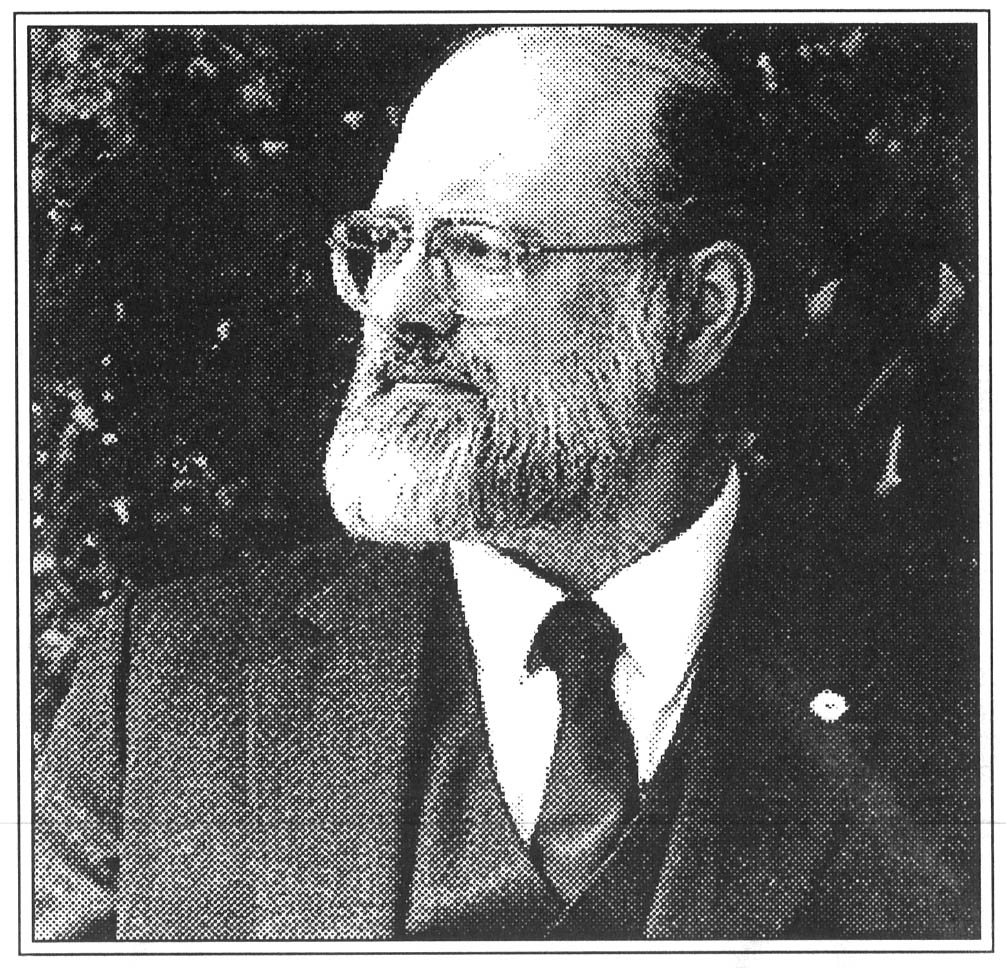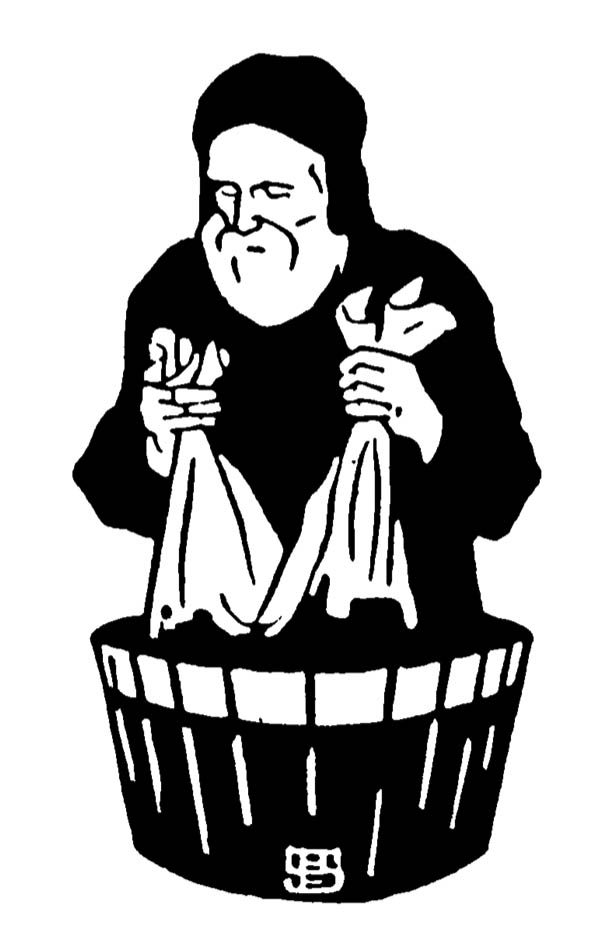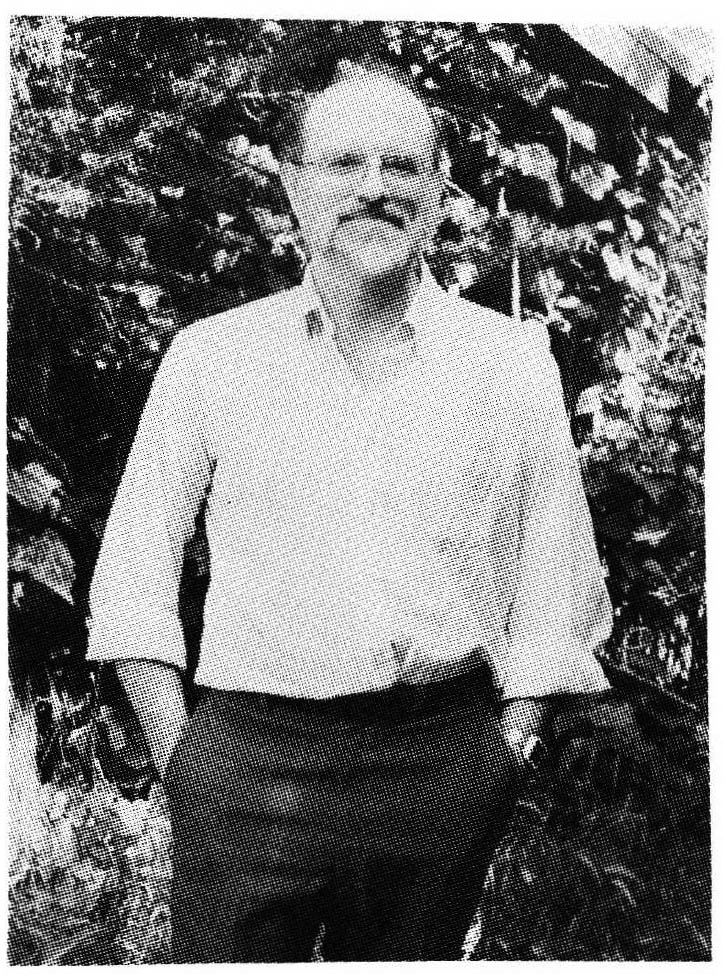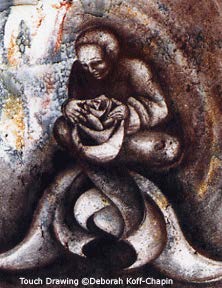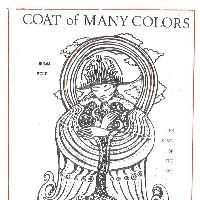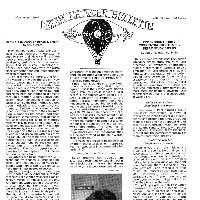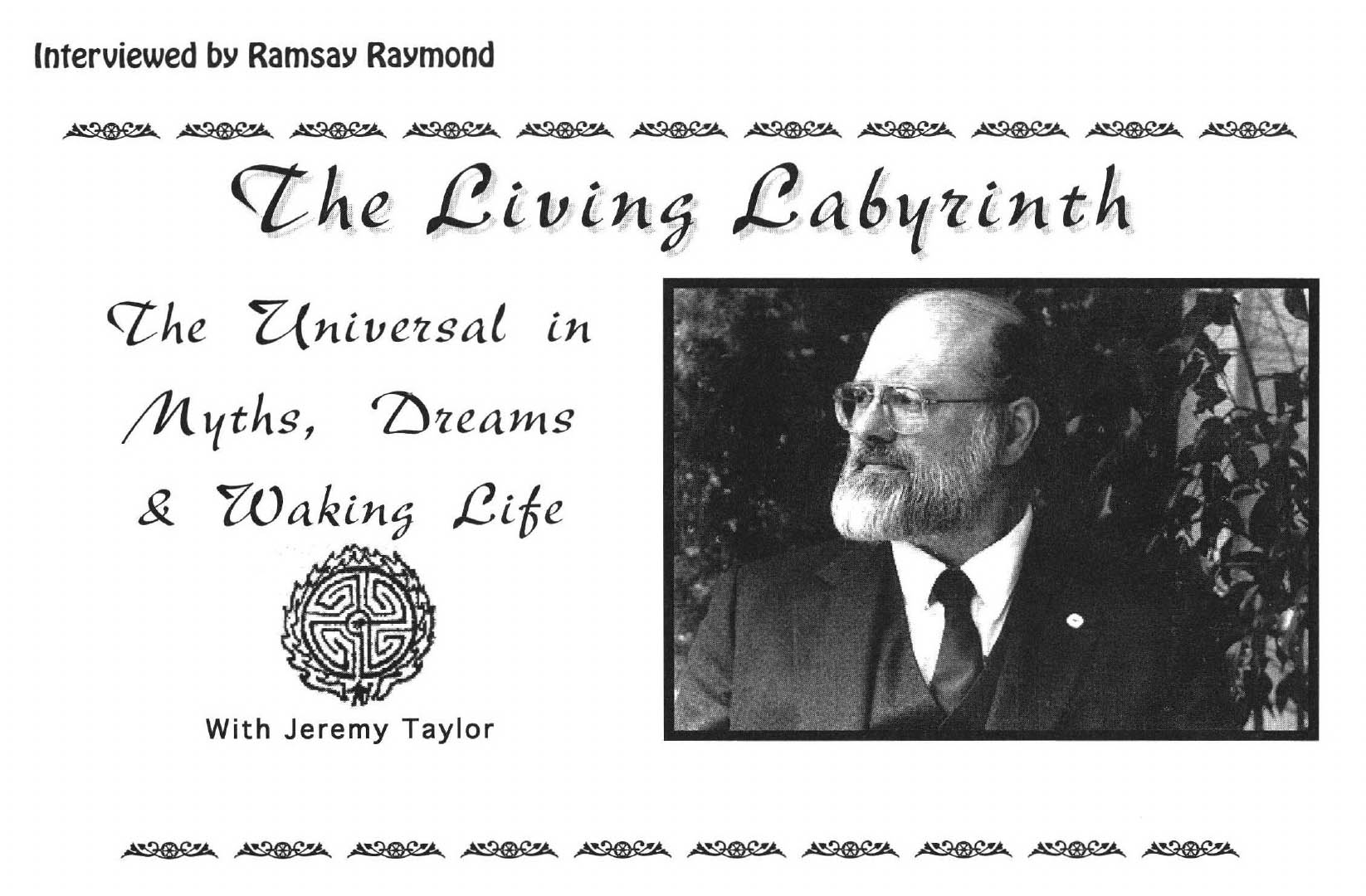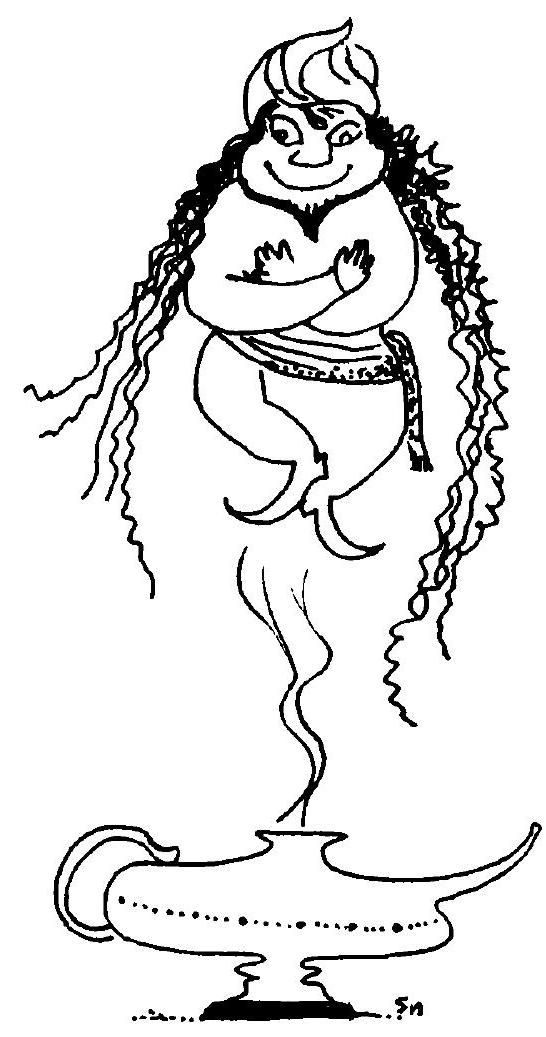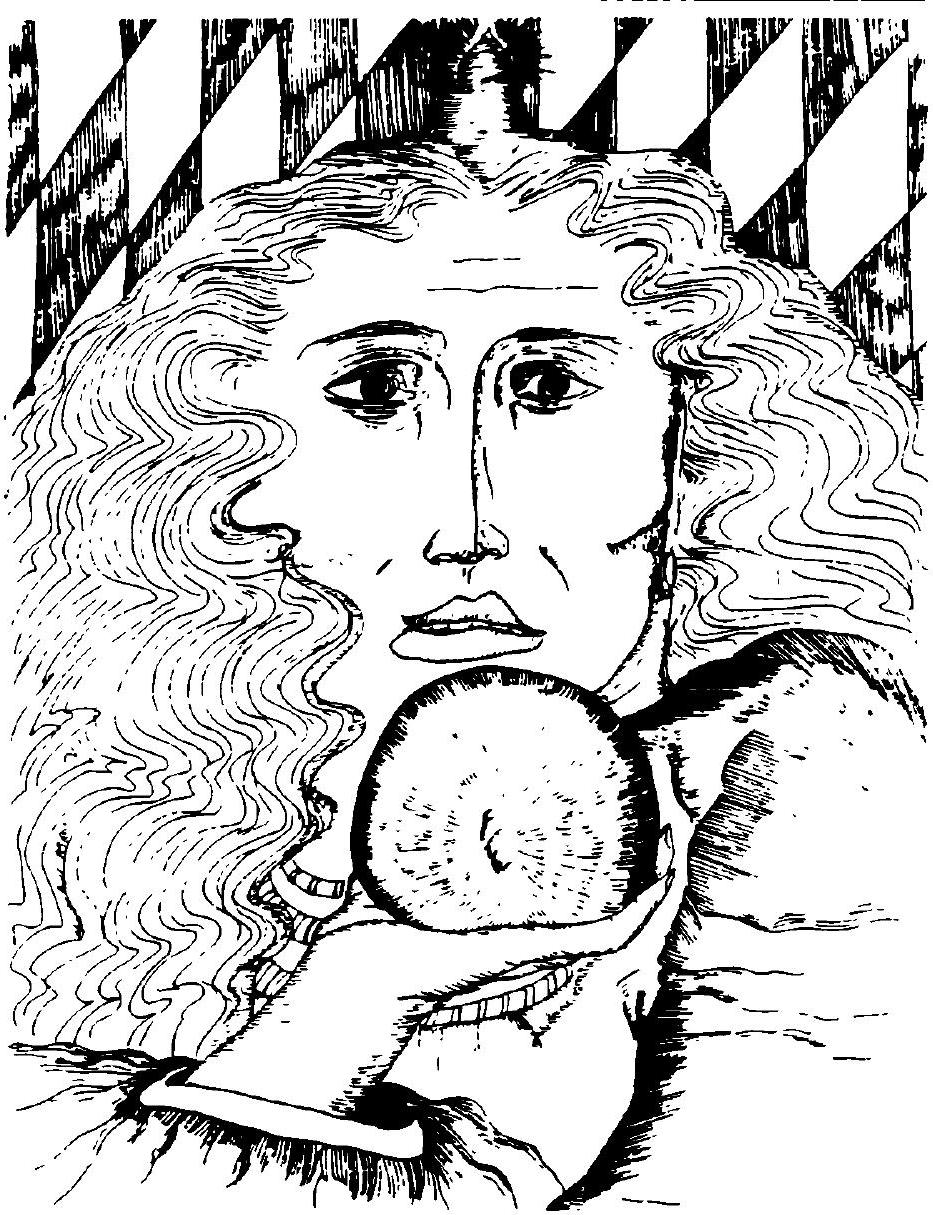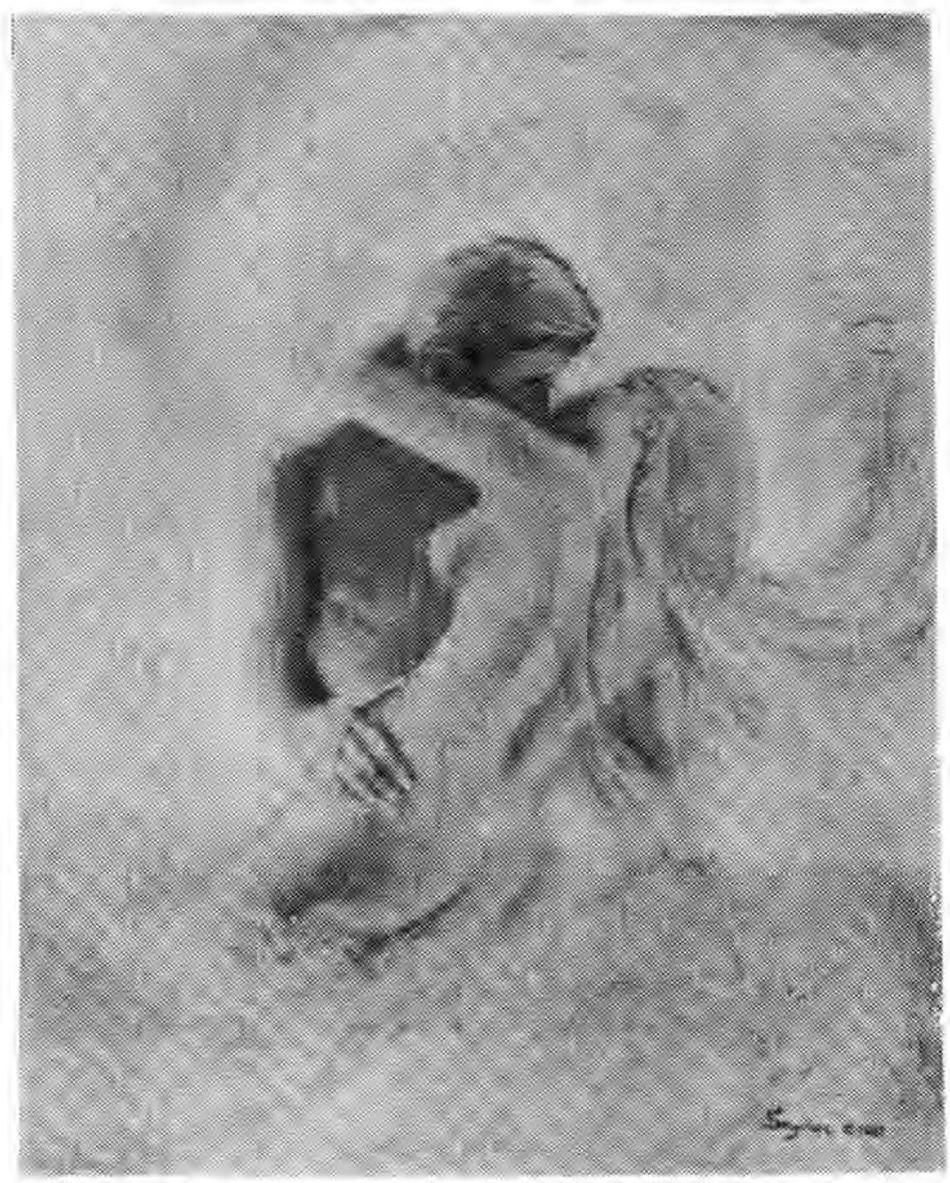1. All dreams speak a universal language and come in the service of health and wholeness.
There is no such thing as a "bad dream"-only dreams that sometimes take a dramatically negative form in order to grab our attention.
2. Only the dreamer can say with any certainty what meanings his or her dream may have.
This certainty usually comes in the form of a wordless "aha!" of recognition. This "aha" is a function of memory, and is the only reliable touchstone of dream work.
3. There is no such thing as a dream with only one meaning.
All dreams and dream images are "overdetermined" and have multiple meanings and layers of significance.
4. Whenever you are going to say something to someone else about the meanings you see in his/her dream, it is both wise and polite to preface your remarks with words to the effect of "well, if it were my dream..." and to keep this commentary in the first person as much as possible.
This means that even relatively challenging and confrontative comments can be made in such a way that the dreamer may actually be able to hear and internalize them. It also can become a profound psycho-spiritual discipline-"walking a mile in your neighbor's moccasins."
5. All dream group participants should agree at the outset to maintain anonymity in all discussions of dream work outside the group, and to respect any and all requests for confidentiality when they arise.
In the absence of any specific request for confidentiality, group members should be free to discuss their experiences openly outside the group, provided no other dreamer is identifiable in their stories. However, whenever any group member requests confidentiality, all members should agree to be bound automatically by such a request.
Copyright 1988 by Jeremy Taylor


